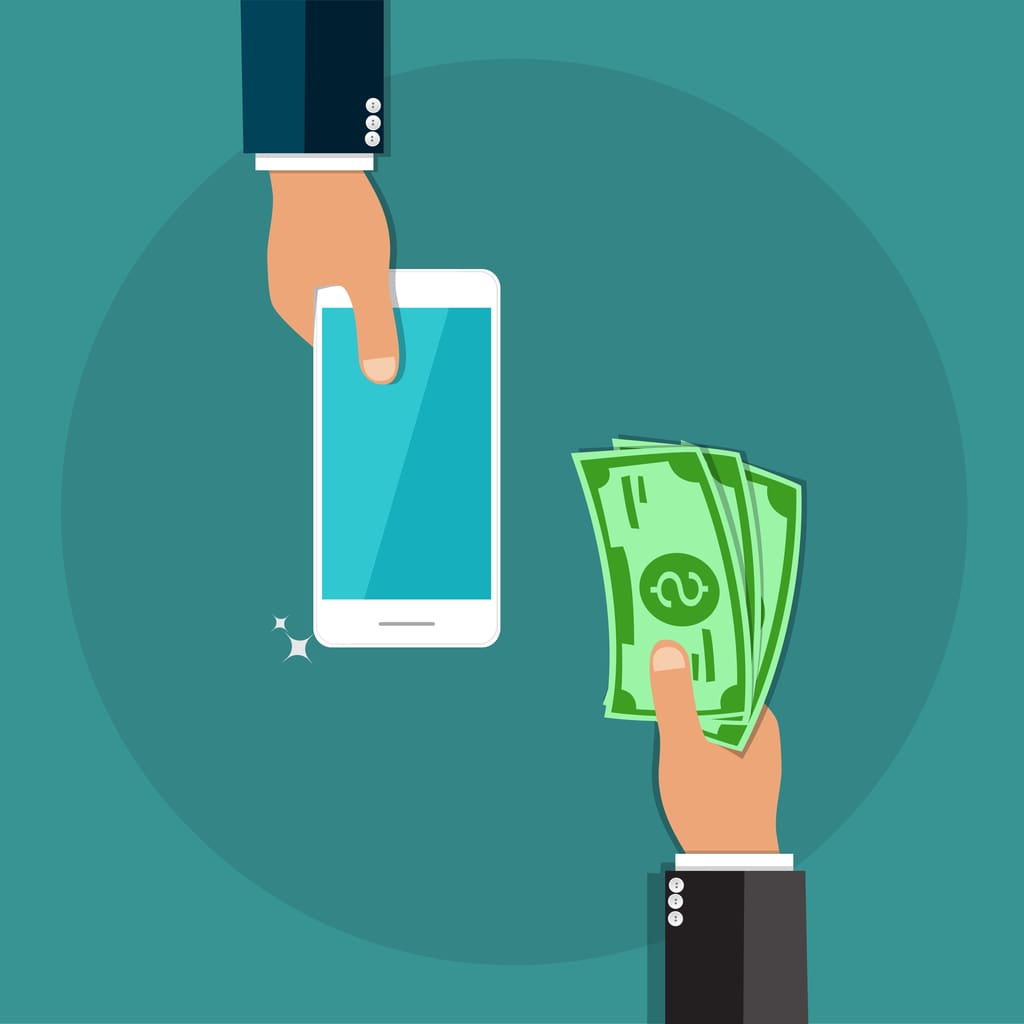Good news these days can be rare but if you’re like me, you’ve been doing your happy dance ever since Apple announced the release of new iPhones in the fall of 2020.
If you’re like most Apple fans, you can hardly wait to get your hands on the new iPhone 11 and other gadgets Apple announced.
It’s such an exciting time!
And once you have a new phone, you’ll be able to give your older iPhone to someone (a friend or family member) or sell it for profit.
Cashing in on your old iPhones
One of the great things about having an iPhone is that older models generally retain a lot of value, (especially if you were lucky enough to still have all the original packaging). It’s the best way to sell it for the highest possible sum.
So, once you get a new iPhone, you’ll need to decide what to do with your older Apple device.
If you’re already set on selling or giving it away—especially on the open market to a stranger—you need to delete all important data from your iPhone and make sure you’re not leaving anything important on it.
How to wipe your phone clean.
When you give away your device, all of your data, account passwords and other sensitive information go along with it. Even if you’re simply passing it on to a good friend or family member, why risk any security concerns? (After all, what if they were to resell it down the road?)
So, here’s a helpful checklist for you to run through before you hand off your old iPhone to anybody.
- Unpair your iPhone. If you’ve paired your iPhone with other devices like an Apple Watch, quickly unpair it.
- Back up your iPhone with iTunes or iCloud. This is the first basic step. A full backup will ensure that everything you have can be restored to your new device.
- Backup to iTunes: Open iTunes on your computer > Connect your iPhone > In iTunes (on PC/Mac), click on your device’s name > Summary tab > Backups > click on Back up Now. Important Tip: Make sure “Encrypt iPhone backup” is disabled to erase saved passcodes from the backup. This way, when you restore the backup to a new iPhone, you won’t have to enter the passcode to get started.
- Backup to iCloud: On your iPhone, open the Settingsapp > Tap on iCloud > Scroll down and tap on Storage & Backup > Make sure the switch for iCloud Backup is enabled > Next up, tap on Back Up
- Turn iMessage off > Settings app > Messages > iMessage > switch to off.
- Turn FaceTime off > Settings app > FaceTime > switch to off.
- Disable your iCloud account > Settings app > iCloud > tap “Sign Out.”
- Log out of Apple ID > Settings app >App and iTunes Stores > tap Apple ID and sign out.
If you follow all the above steps, you’re ready to sell or pass down your iPhone to a friend or loved one, or you can try selling your device to any number of places—even Apple itself.
Now, if this is the first time you’ve heard of this, you already have your new iPhone and you’re saying, “That’s great, but I don’t have my iPhone anymore,” don’t worry.
There’s still a way to protect your data.
You can erase your device remotely.
If you set up Find My iPhone, sign into icloud.com/#find > click on All Devices > select the phone/device you want to erase > click Erase (you’ll need to enter your Apple ID password) > click Remove from Account.
If any of the above steps is no longer an option, you can change your Apple ID password. It won’t remove personal information that’s stored on your old device, but it prevents the new owner from deleting your information from iCloud.
Share these tips with others.
If you have friends and family who are planning to get a new iPhone, pass this news along.
Better yet, share it with them even if they’re not getting a new iPhone…for now.
Because sooner or later, they’ll want to get a new phone and they’ll at least know there’s something they need to do before letting go of their phone—protecting their data.
